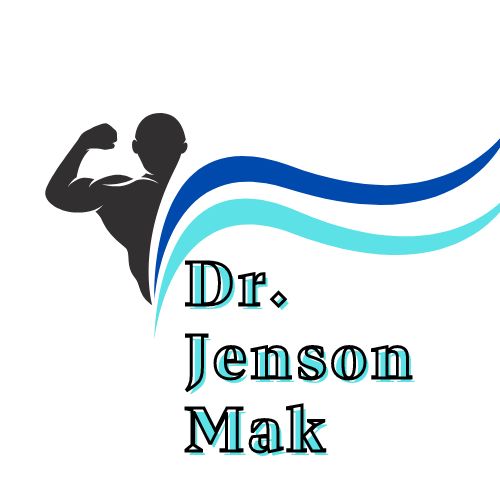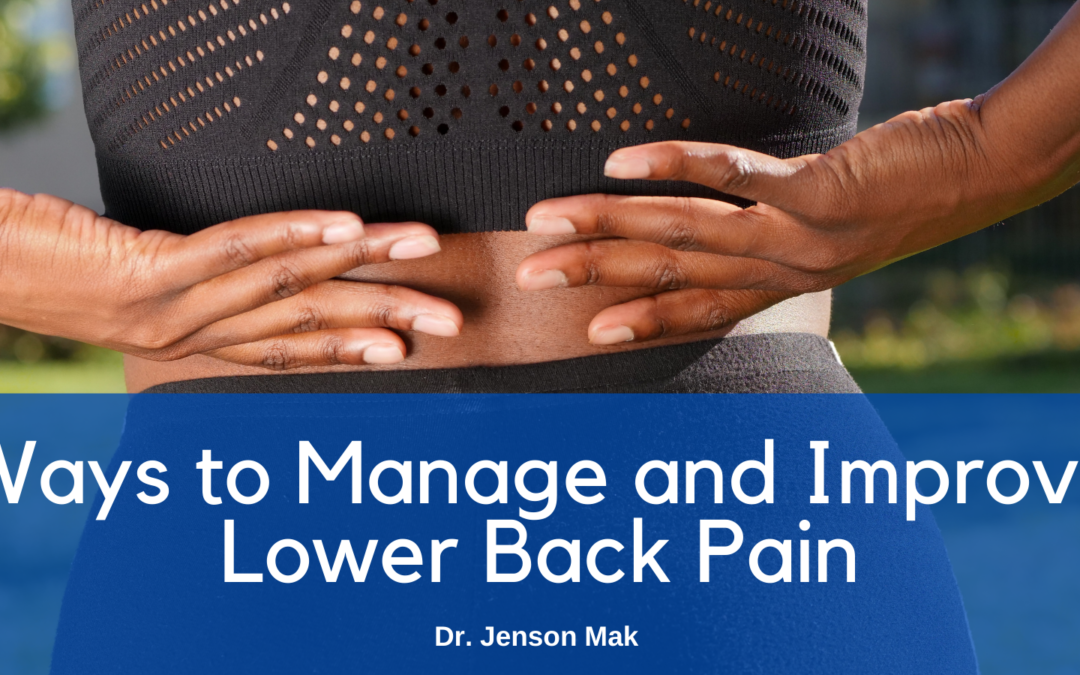Keeping a healthy weight and practicing a healthier lifestyle are the best ways to alleviate low back pain. You can also try exercises that help reduce pressure in the low back, such as heel slides and wall squats. The goal is to keep the abdominal muscles tight and the back flat so that you can easily perform these exercises. Another exercise you can do is a single knee to the chest stretch, where you pull your knee up into your chest.
Avoid prolonged standing and lifting heavy objects. You may have to take time off from work to get medical treatment if your pain is chronic. The doctor may prescribe nonsteroidal anti-inflammatory drugs and/or a narcotic analgesic, depending on the level of your pain. The pain in the lower back can be a sign of a more serious problem, so it’s important to take action right away.
Getting a back pain assessment is the first step in finding back pain relief. It helps determine the source of the discomfort, whether it is muscle spasms or a more serious issue. X-rays can only show broken bones or bone alignment problems, so they are not a good option for detecting a problem with the spinal cord, nerves, or muscles. The goal of back pain treatment is to relieve pain and return to normal daily activities as quickly as possible.
People with insomnia or who have difficulty sleeping and/or staying asleep usually suffer from back pain. Back discomfort might be exacerbated by a lack of sleep. Sufficient regenerative sleep is required for the body’s tissues to recover and energy levels to be replenished. If you’re having difficulties sleeping, it’s critical to address the source of the problem, whether it’s discomfort or something else. Depending on what is causing your sleep problems, your doctor may prescribe lifestyle modifications, drugs, or other therapies.
Sleeping on your side and using a pillow between your knees are the best positions for low back pain. The best posture for sleeping is the one that keeps your spine stable. Aim to stay at a neutral position while resting. You should avoid sitting up or lying down for an extended period. During the day, get some exercise. This is a great way to keep the body healthy and prevent injuries.
Regular exercise is critical for pain reduction. Sedentary poses, such as sitting on a chair and stretching, should be avoided. This will effectively stretch the muscles that support your lower back in the gluteus area. After you’ve loosened up your back muscles, you can work on stretching your gluteus muscles. Stretch your gluteus muscle after that. Your back discomfort will be relieved as a result of this.

